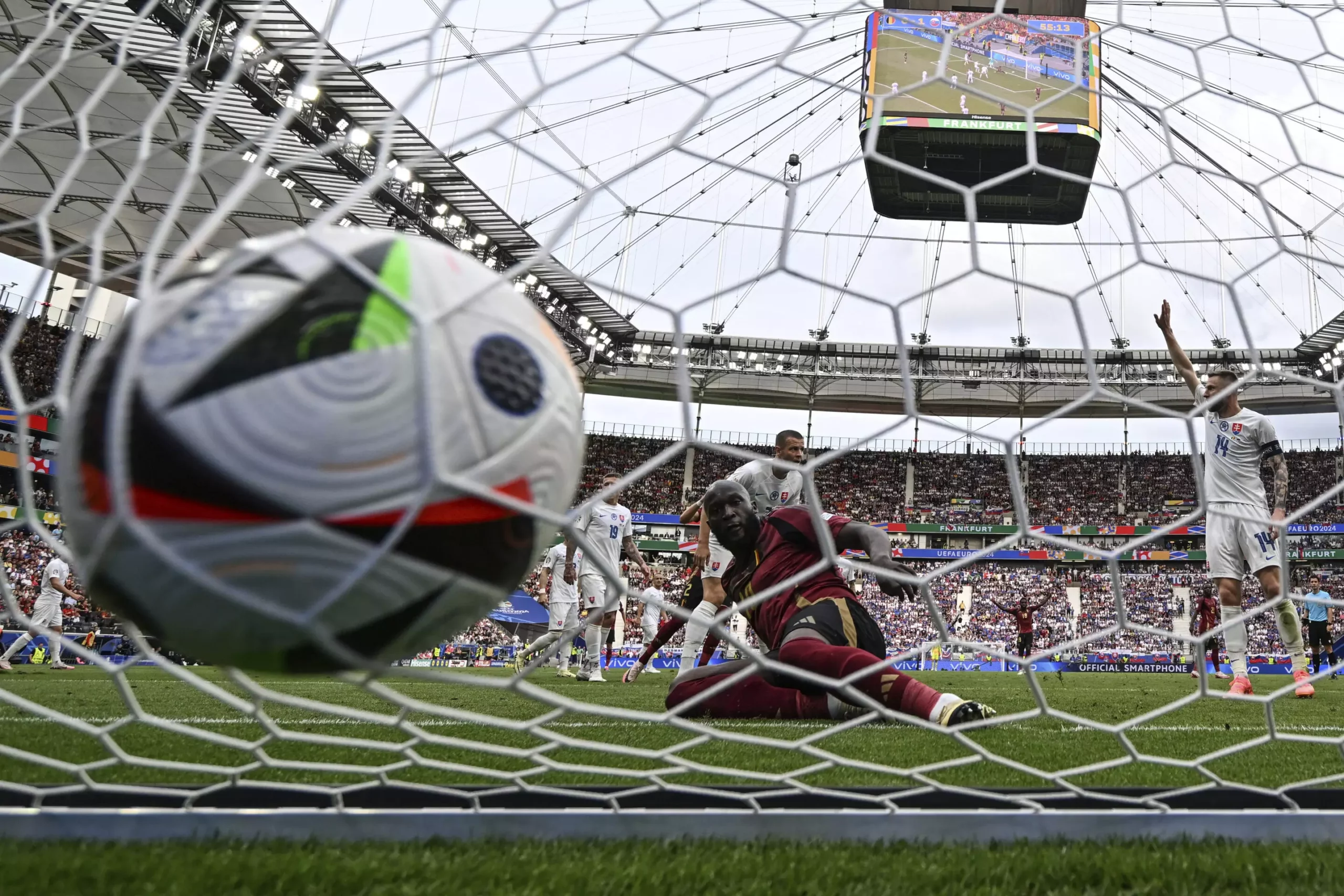Soccer, the world’s most popular sport, is being revolutionized by cutting-edge technology available to players, coaches, and officials. Euro 2024 has showcased advancements in areas such as equipment and sports science, both on and off the field. These advancements are designed to enhance the game, improve the fan experience, and prioritize player welfare. However, not all technological innovations have been met with universal approval.
One of the most controversial technological introductions in soccer has been the Video Assistant Referee (VAR) system. While VAR decisions have been mainly smooth at Euro 2024, there have been instances of contentious calls. Belgium’s Romelu Lukaku, for example, had three goals disallowed in the opening games of the tournament. The implementation of semi-automated offside technology, in conjunction with artificial intelligence and Adidas’ connected ball technology, aims to expedite the review process and enhance accuracy.
The use of ten cameras in each host stadium, tracking 29 different points of the body on every player, coupled with the official tournament ball’s sensor technology, is intended to facilitate quicker and more conclusive decision-making. Despite some criticism, goal-line technology has effectively put an end to debates regarding whether the ball has crossed the line. With seven cameras in each goal, referees receive results within a second of the action, ensuring precise calls.
The official match ball of Euro 2024, the Adidas Fussballliebe, has received praise from players for its characteristics. Made from recycled materials such as corn fibers, sugar cane, and wood pulp, the ball has been commended for the speed and distance it generates. The sustainability of the ball aligns with the growing emphasis on eco-friendly products in sports.
Coaches and players are utilizing wearable technology to gain a competitive edge and monitor various aspects of performance. Smart rings that monitor sleep patterns, tracking vests for distance covered, and high-tech smartwatches are becoming common in the soccer sphere. Cristiano Ronaldo, for example, endorses a band that tracks sleep and biometric data, while England manager Gareth Southgate wears a smartwatch with tracking capabilities.
Teams at Euro 2024 have access to state-of-the-art recovery devices to help players cope with the demands of a congested tournament schedule. From hyperbaric oxygen chambers to cryogenic recovery chambers and phototherapy beds, players have various tools at their disposal to aid muscular recovery. These treatments aim to accelerate players’ recovery processes and enhance their overall performance on the field.
While technology plays a significant role in modern soccer, some players still prefer traditional methods or prioritize personal habits. From wearing noise-cancelling headphones to using air compression boots for massage, players have diverse preferences when it comes to recovery and preparation. Some players opt for personal devices like gaming consoles and tablets to unwind during downtime at the tournament.
The intersection of technology and soccer is continually evolving. While advancements like VAR, wearables, and recovery devices have reshaped the game, players and coaches must navigate the balance between embracing technological innovations and preserving traditional elements of the sport. As soccer progresses into the digital age, the impact of cutting-edge technology is set to shape the future of the beautiful game.


Leave a Reply